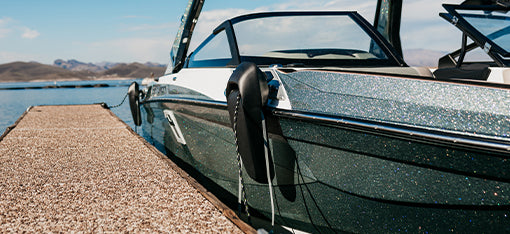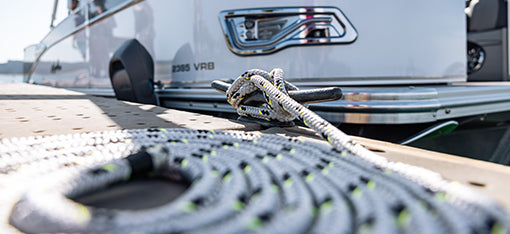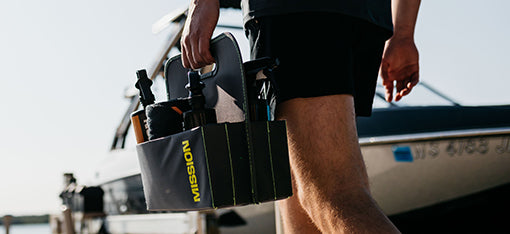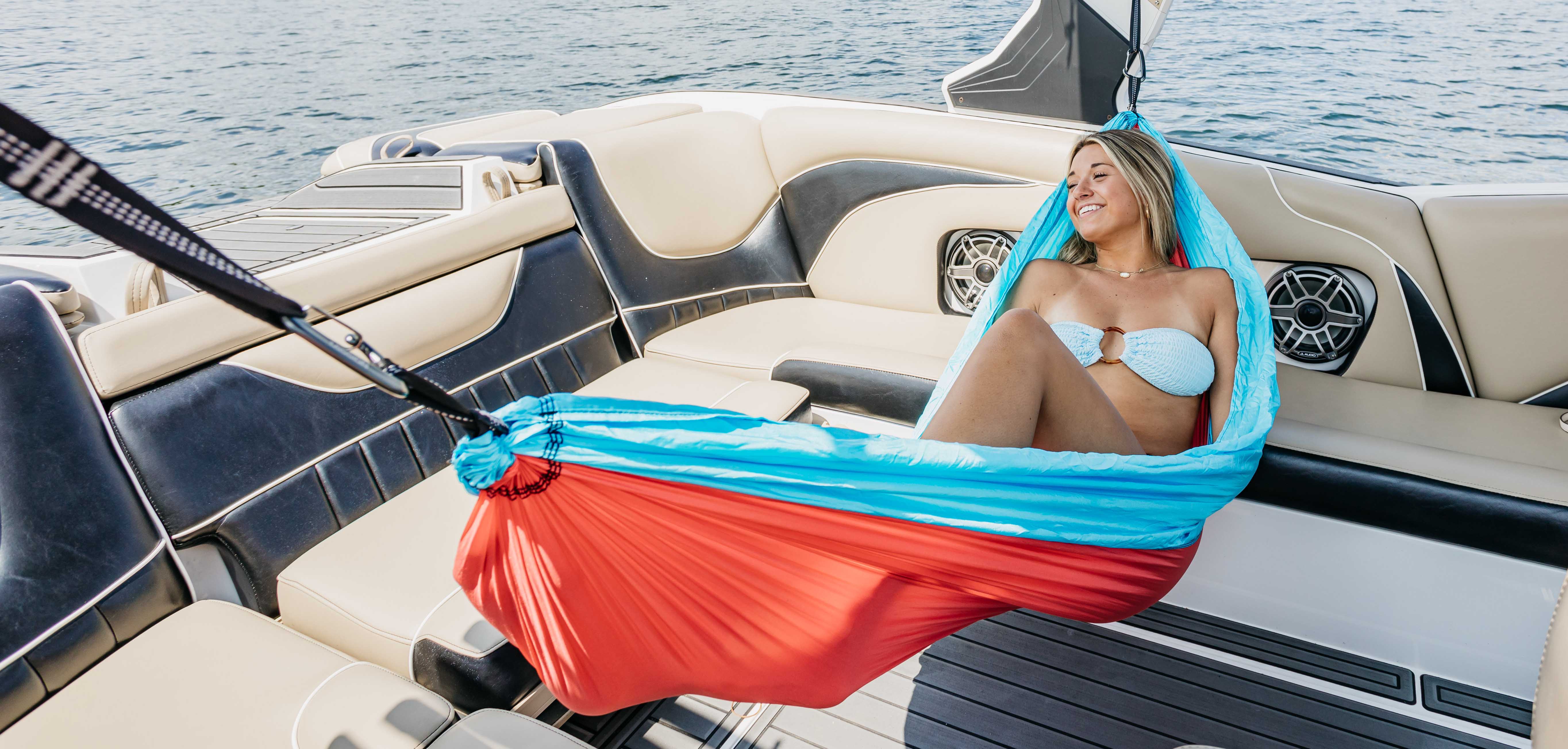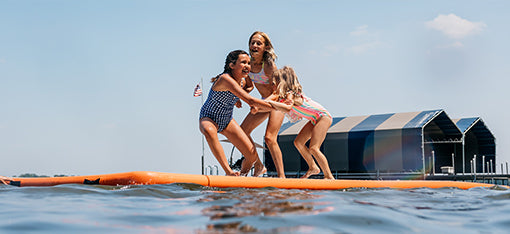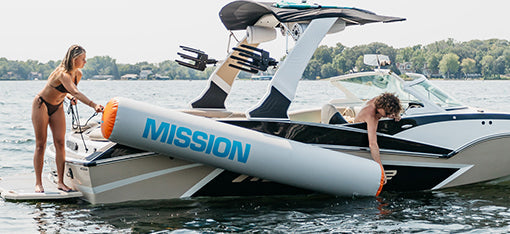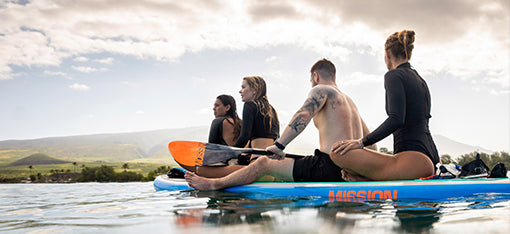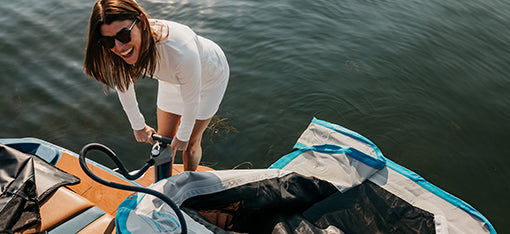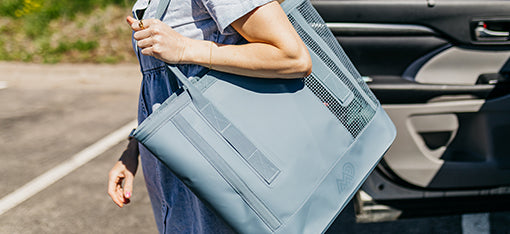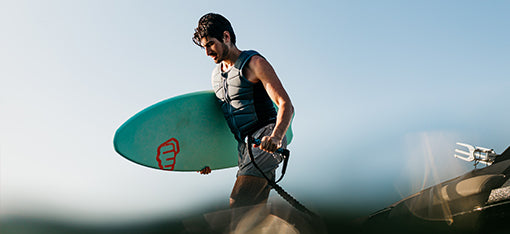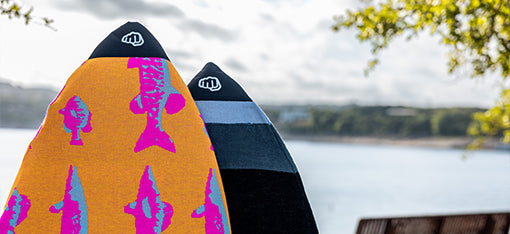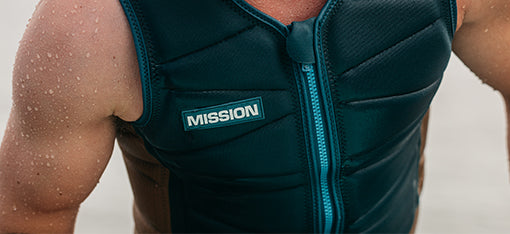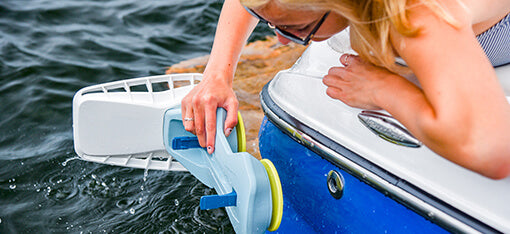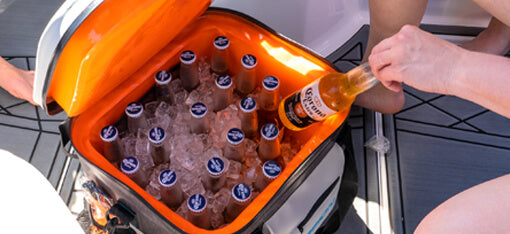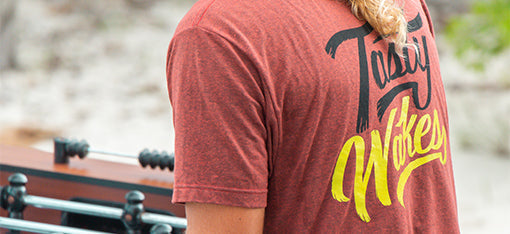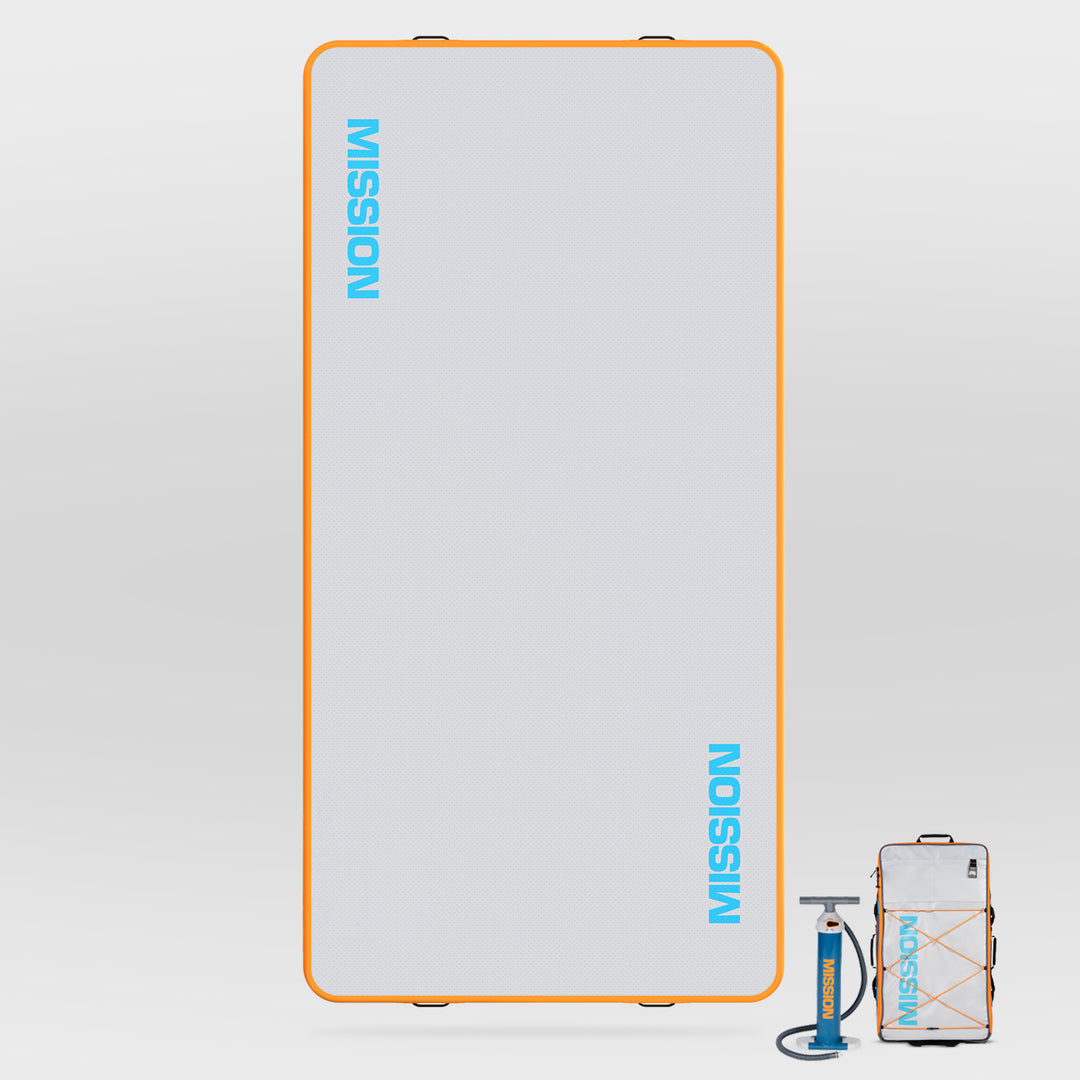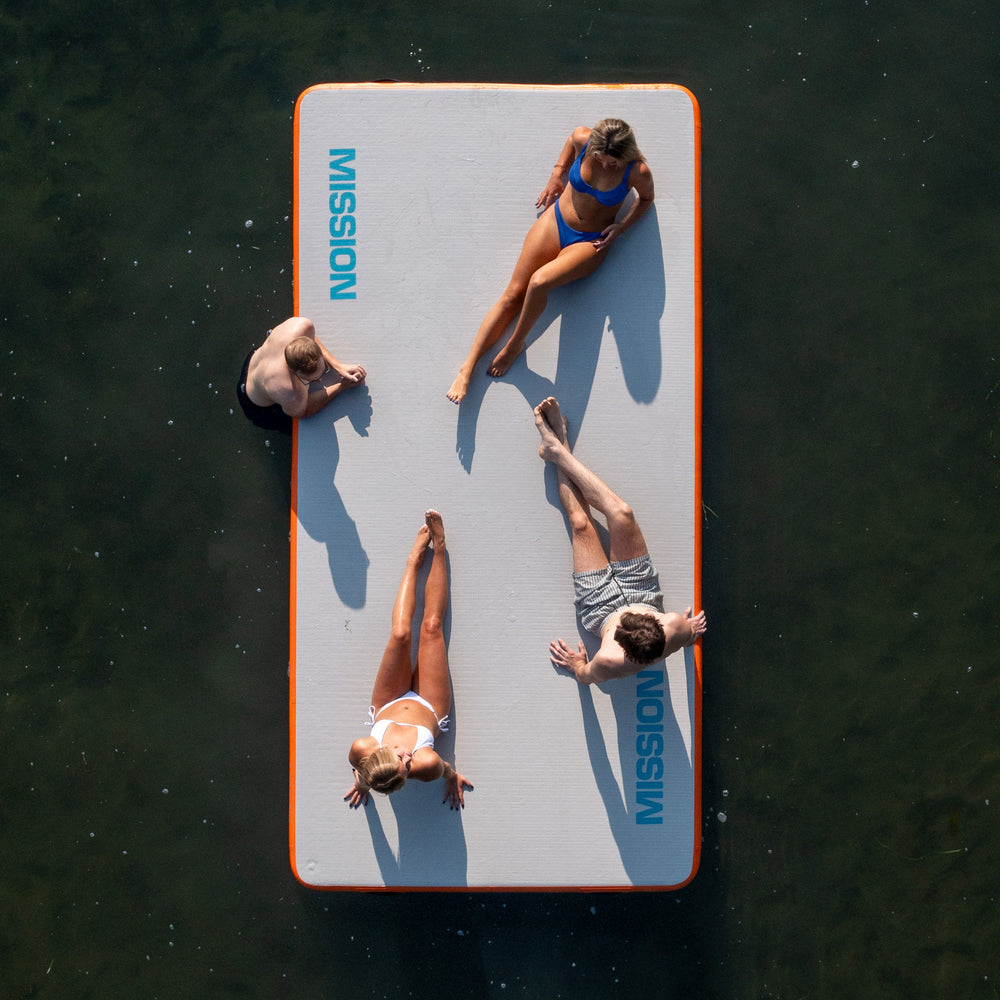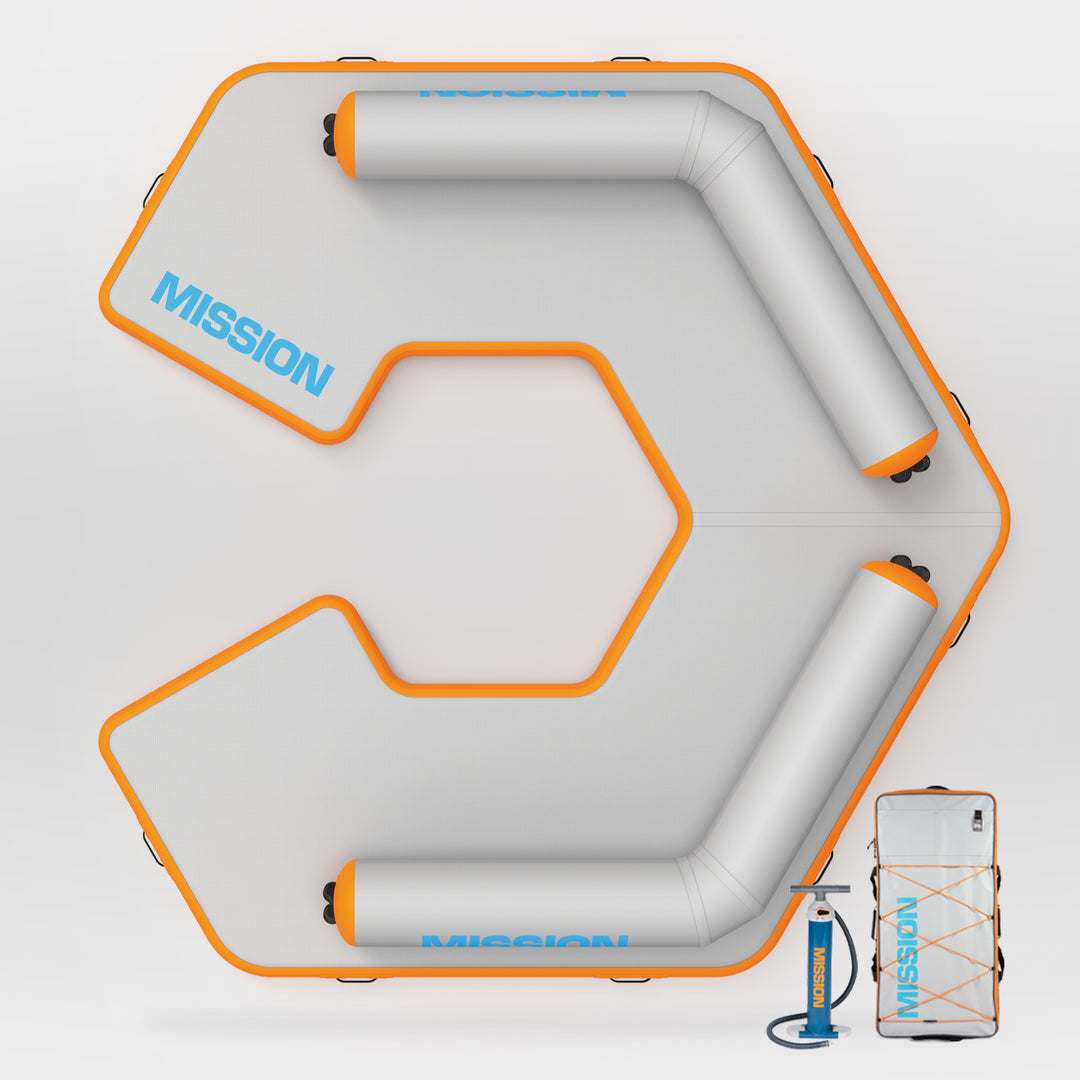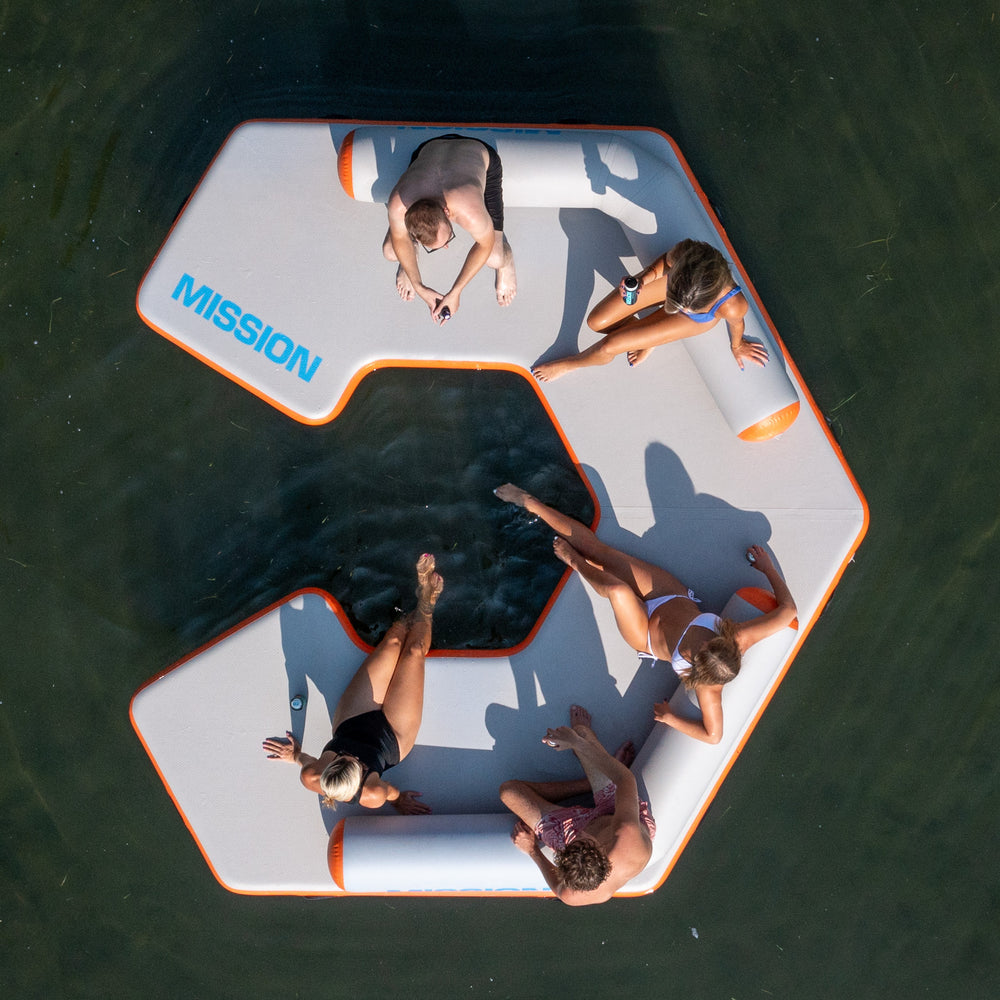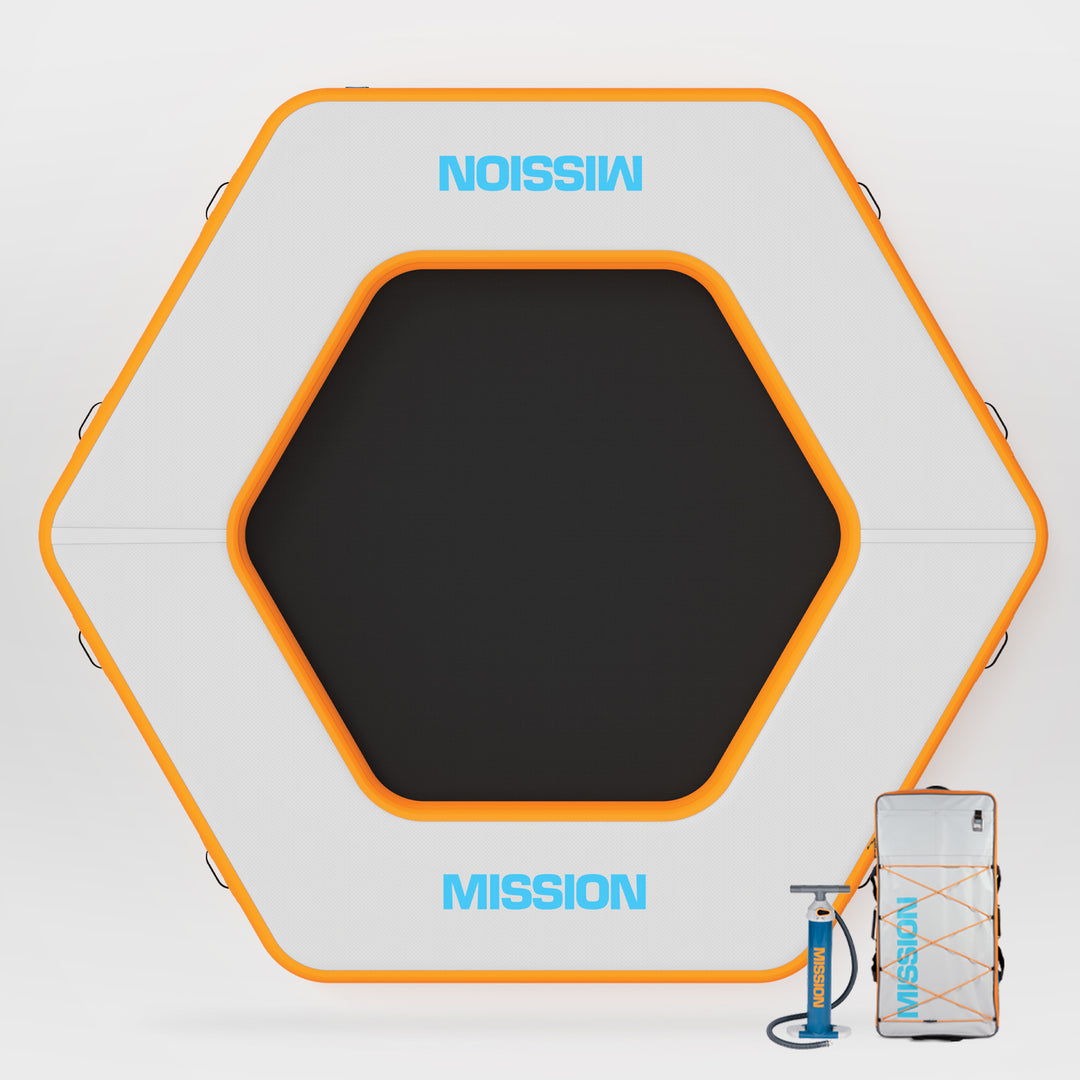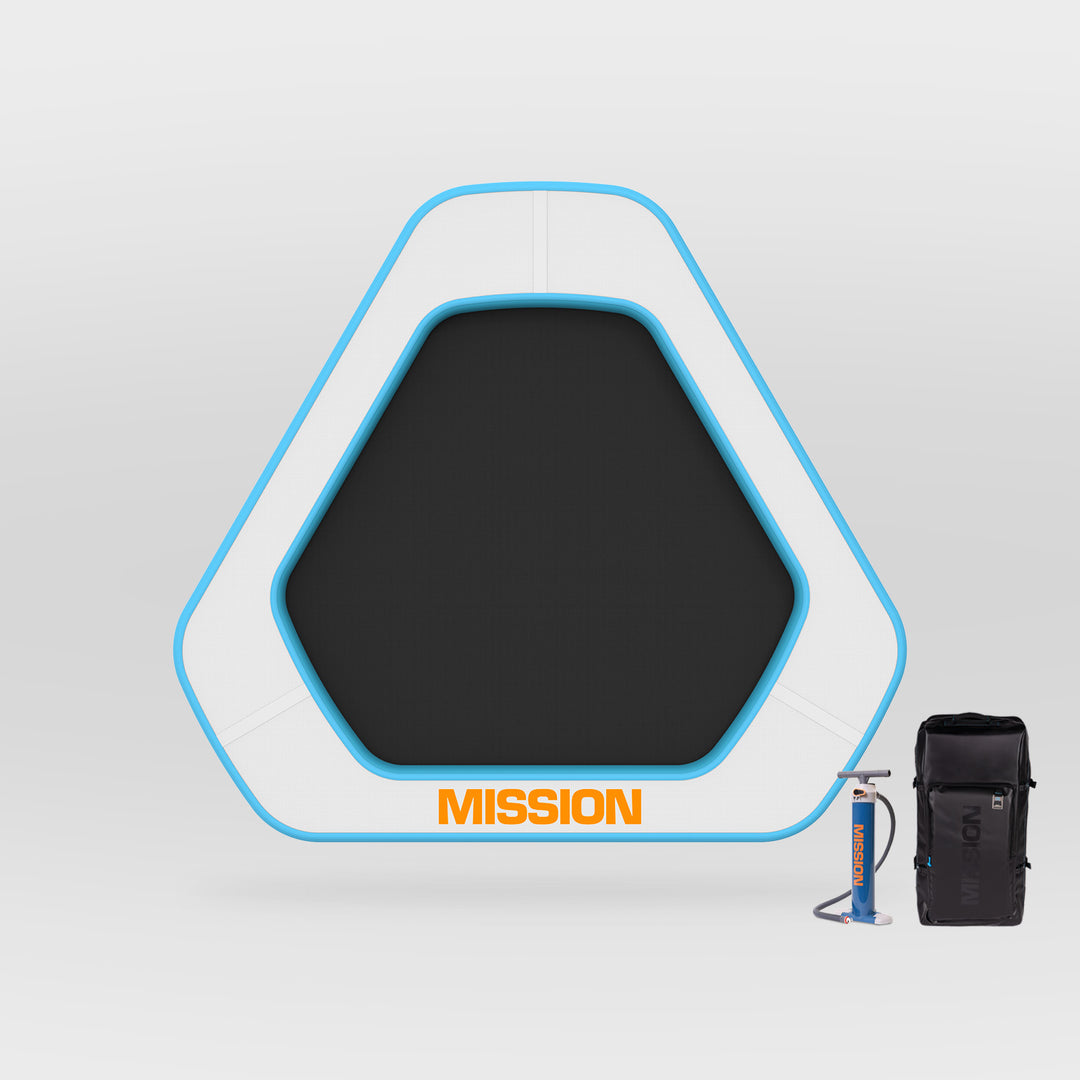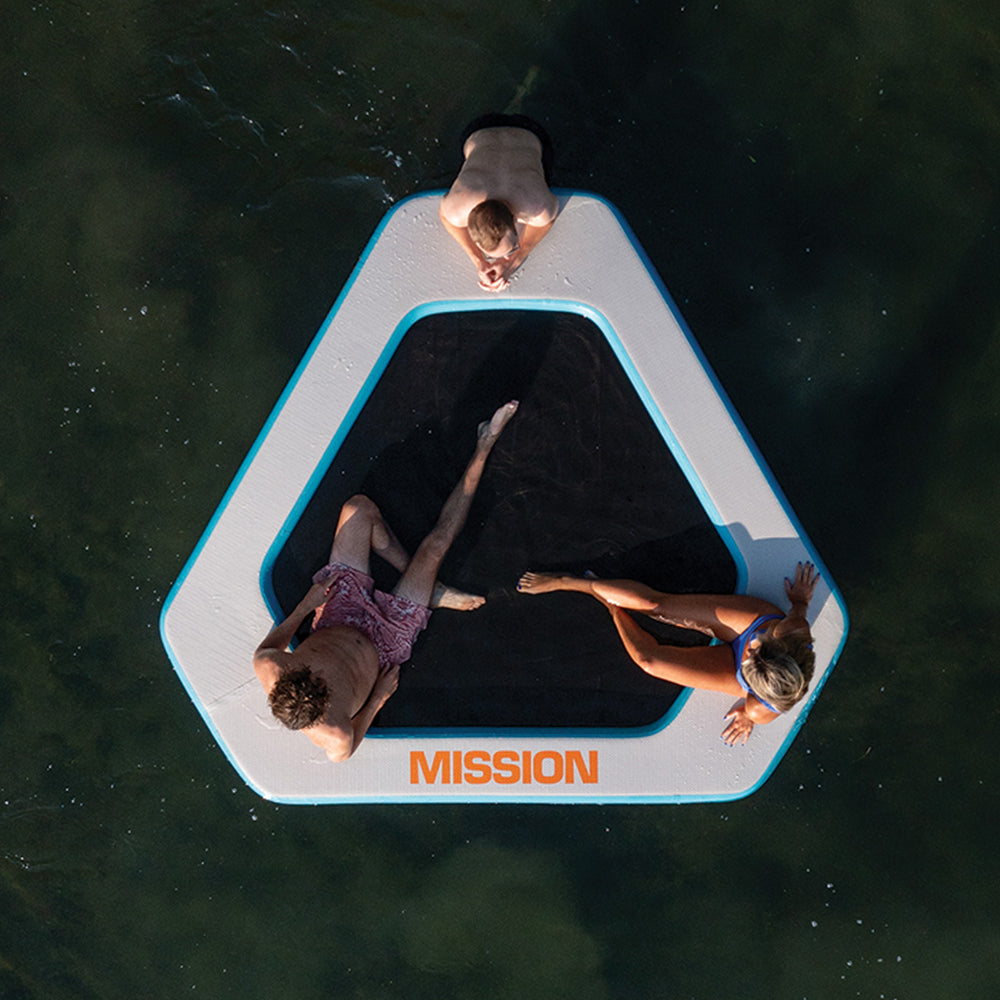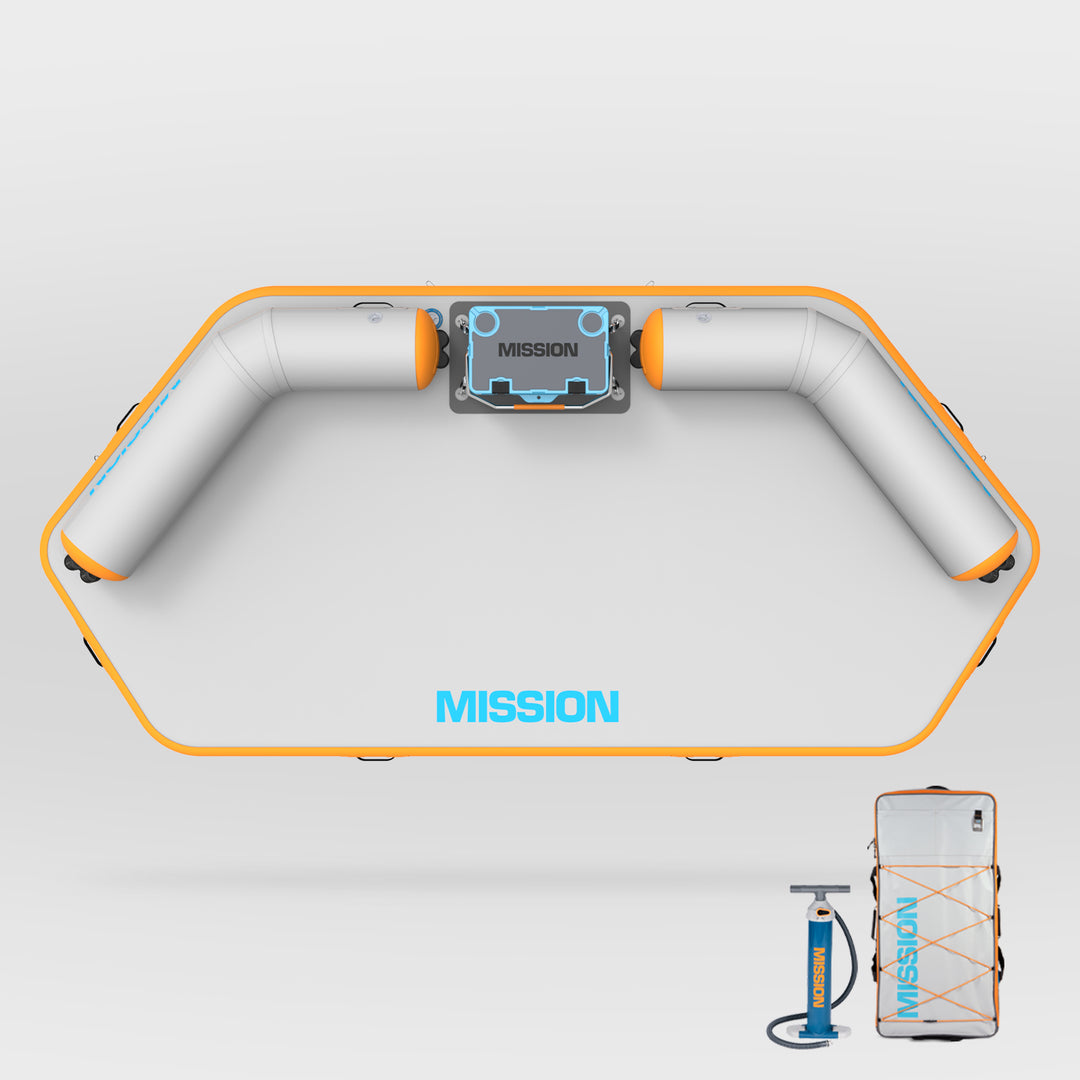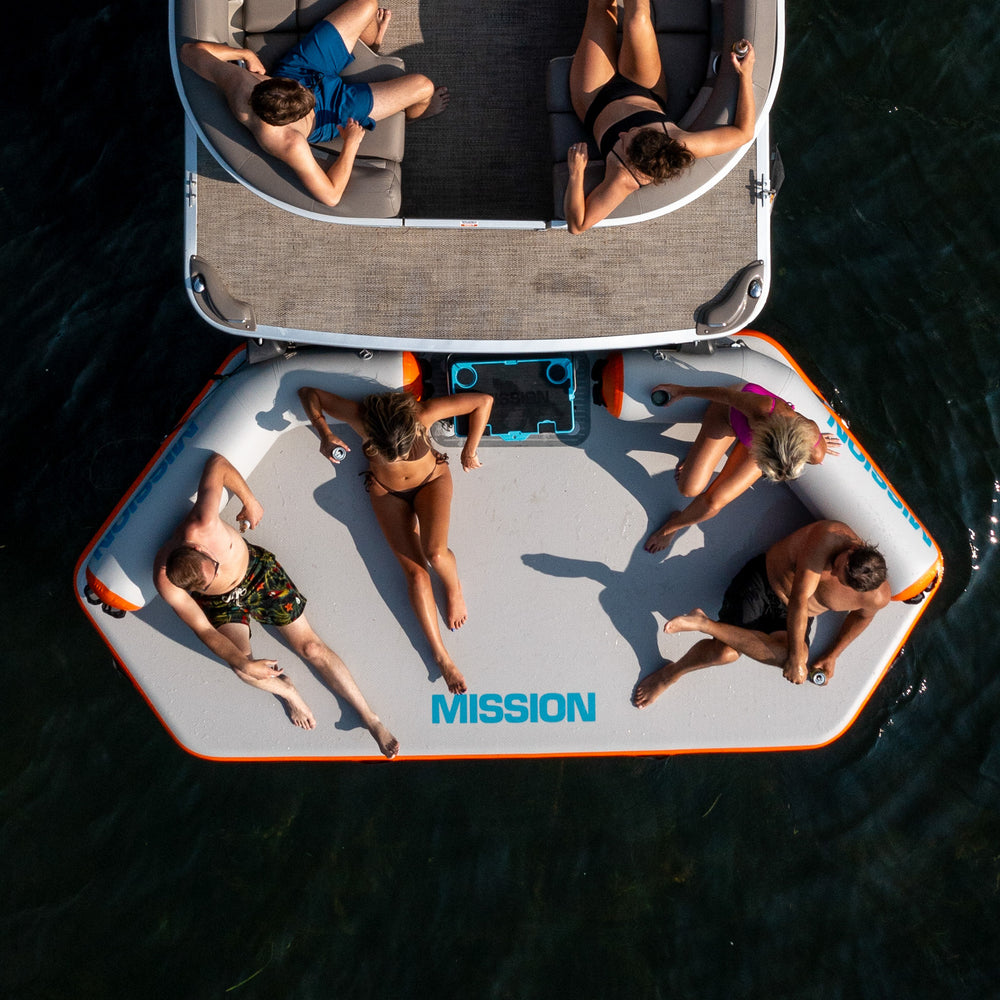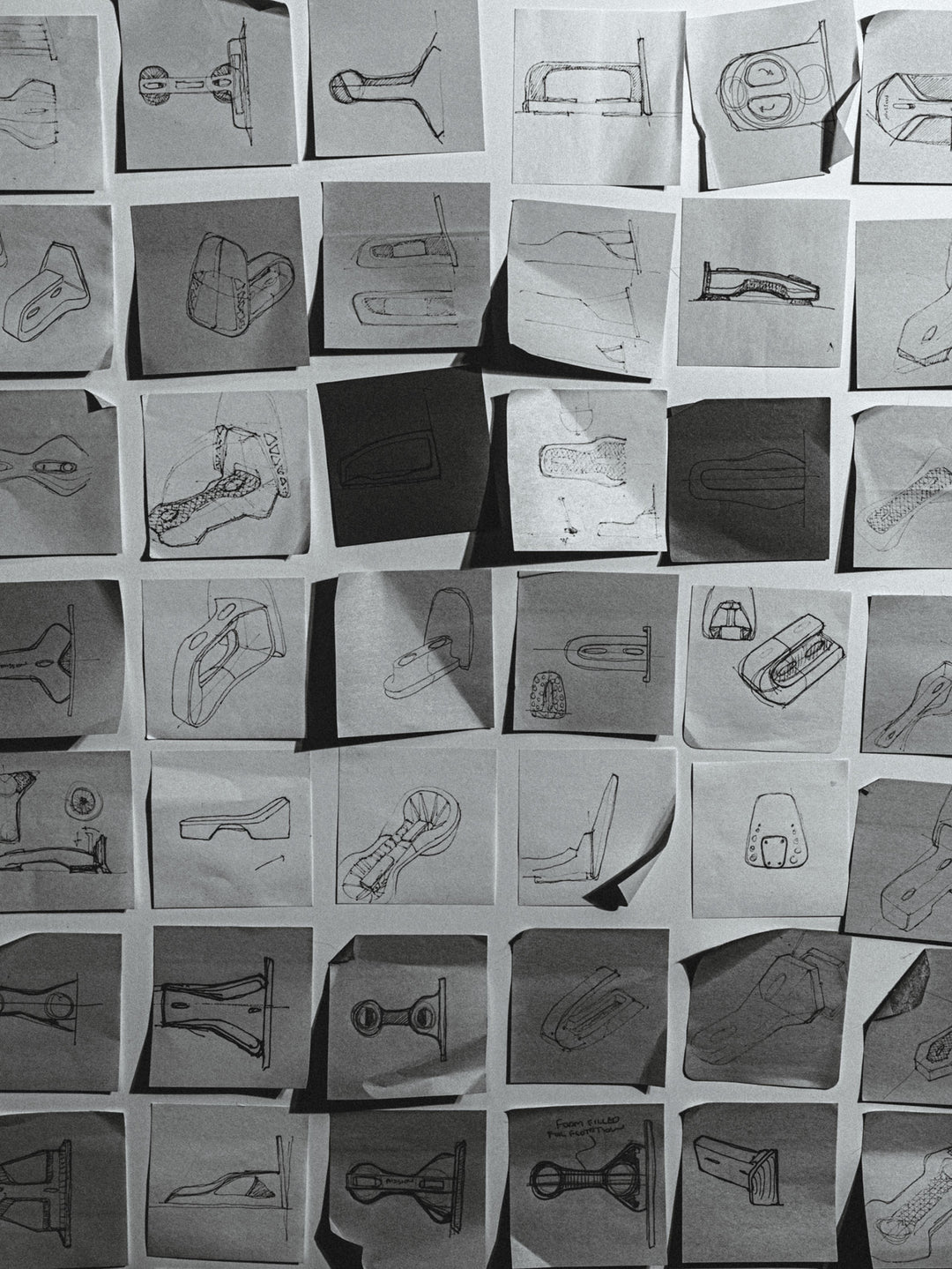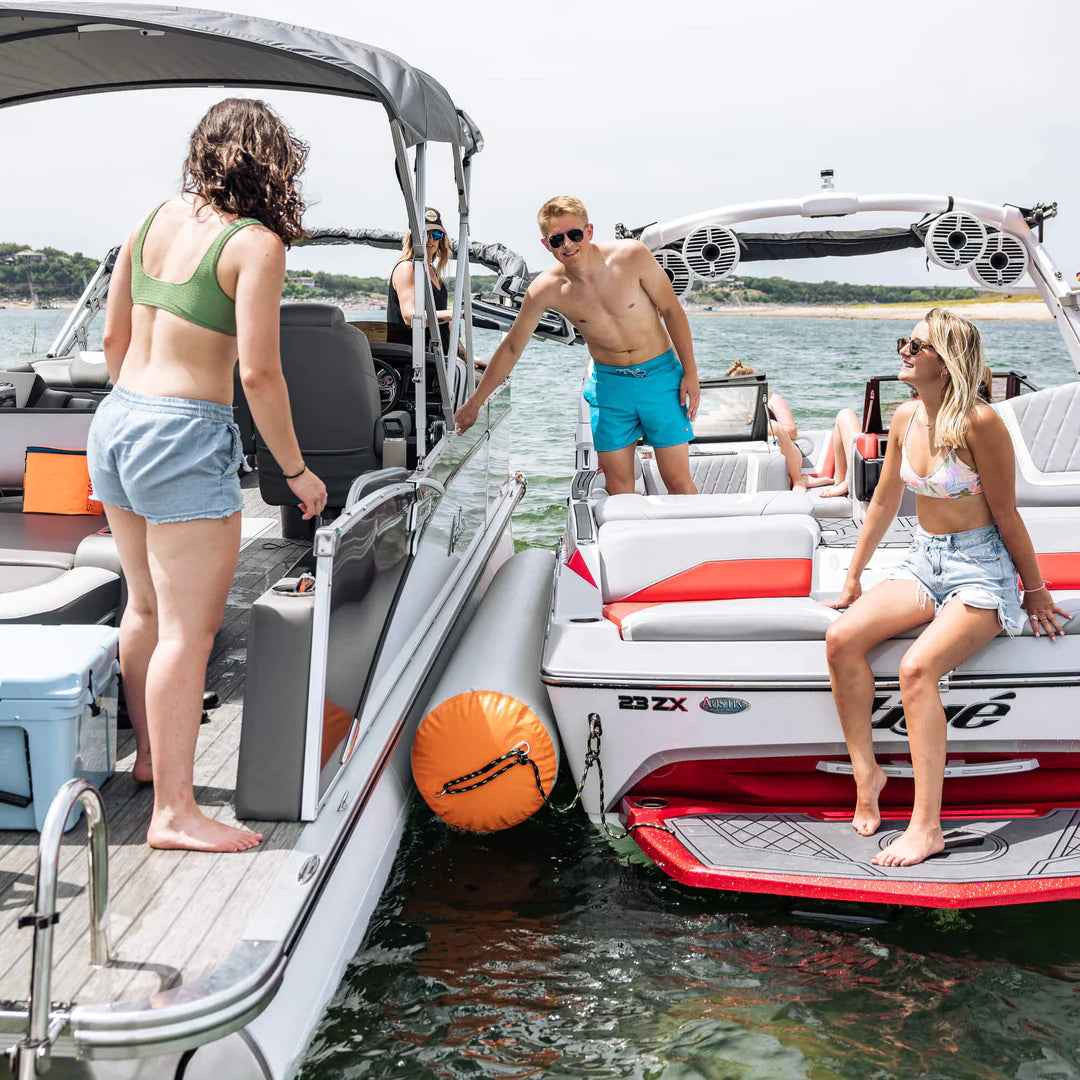A Beginner’s Guide to Stand Up Paddle Boarding
The ease of getting started in the sport of Stand Up Paddle Boarding (SUP) continues to attract newcomers, and the fun keeps them coming back. Because even the most experienced watersport enthusiasts can appreciate some tips when trying something new for the first time. Here are a couple of pointers that can help make the most of your first experience on a SUP.
Handle Your Paddle Board with Care
When your SUP’s is out of the water, it is actually quite delicate. Avoid bumping your fiberglass SUP on hard surfaces and never drag your SUP anywhere. SUP’s usually come with a center handle for carrying that is relatively easy to use or recruit a friend.
Be Safe
A lifejacket is not only a great idea; it’s the law.
If you are 13 years old or older, you don’t need to wear your life jacket, but we still recommend it. Also, bright-colored clothing is a great idea to make sure other boaters notice you.
Plan Your Adventure
The wind is a big factor when you are on the water. Always start your adventure heading into the wind. Not considering this ahead of time can be dangerous and, at a minimum, may save you the embarrassment of needing help getting back to your starting location.
Getting Started
Stand alongside the board knee to waist-deep water, make sure the fin has plenty of water depth so it won’t hit bottom when you get on. Lay your paddle across the board just ahead of the center lifting handle and place your hands over the paddle to steady the SUP near the edges of the board. Climb on in a kneeling position with your knees, straddling the center lifting handle. Raise to the kneeling position and take a couple of strokes with the paddle to get the feel of the board moving through the water and reach a safe depth to try standing up for the first time.
Stand Up
Place the paddle on the board in front of your knees with your hands over the paddle near the board’s edges for balance. Move one foot at a time to the location of where your knees were. Keeping your knees slightly bent, straighten up, move your eyes to the horizon and begin gently paddling. Avoid staring at the front of the board with your hands at your waist; this is the fastest way to make an unplanned re-entry into the water.
The Stroke
Hold the paddle with one hand on the handle and the other hand a comfortable distance apart on the shaft. The paddle blade should be angled away from you, and you want to reach forward and pull yourself and the SUP forward. Avoid trying to push yourself forward with paddle behind you.
It’s a Whole-Body Experience
Try to engage your entire body, core, back, legs, and arms to optimize your stroke. Remember, the majority of the power comes from reaching forward with the paddle and pulling yourself along.
Since You’re Probably Going to Fall Anyway…
If you lose your balance, don’t try to catch yourself or land on the SUP on the way down. The water will catch you just fine; landing on the board could damage you or the board.
How to Get Back on Your Paddle Board When You Fall
Everyone falls off a paddle board at some point. To safely get yourself back on the board and off paddling again, align yourself with the handle in the center of the board and grab the handle with one hand. Kick your legs behind you until you are flat in the water belly side down. Pulling on the center handle and kicking with your feet, slide yourself up onto the board. Rotate your body onto the board and work your way back to a kneeling position.
Trimming The Board
Make sure you are placing your weight in the right location of the board; this is called trimming the board. Trimming the board is finding the spot where the board gives you the best glide and tracking. Gradually move your feet forward or back to experiment and find out what works best for you. A great starting point will be with your feet near or even with the center lifting handle.
We hope these tips will help you get started in the watersport of stand up paddle boarding and allow you to have a memorable and safe time in the water.
See you on the water!




